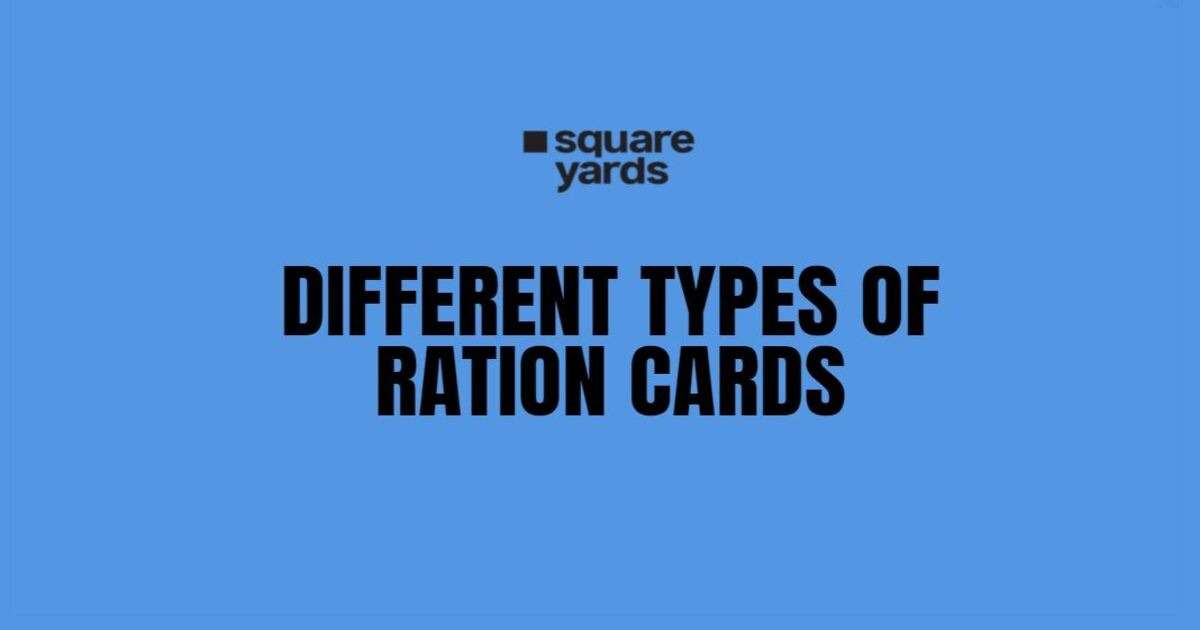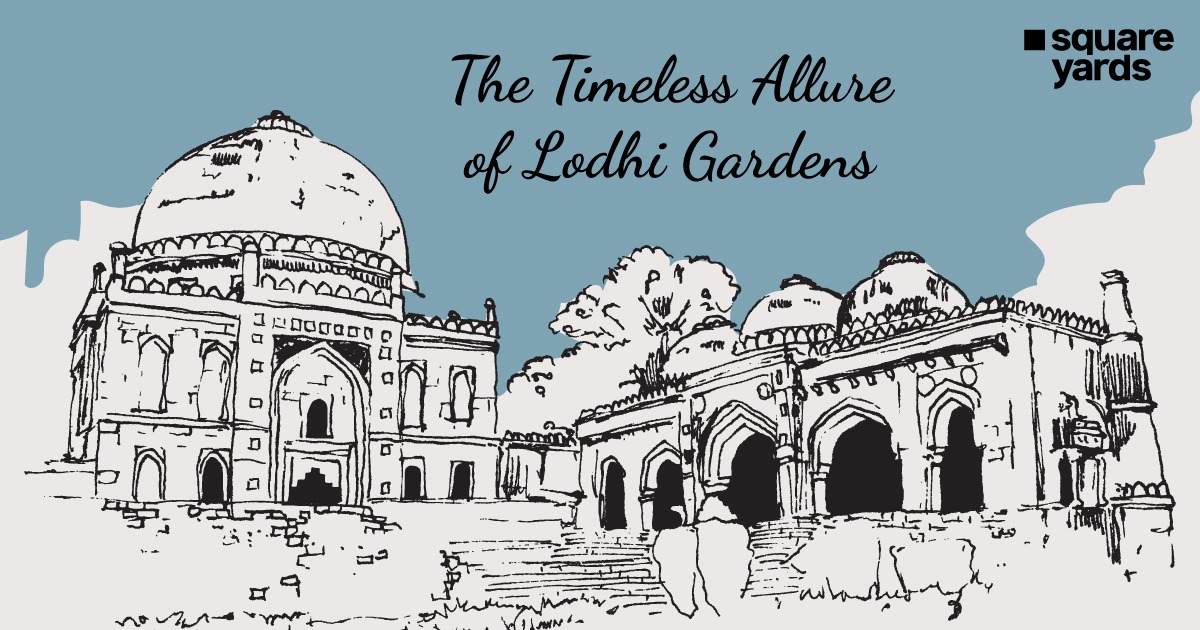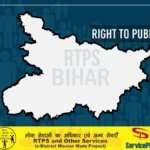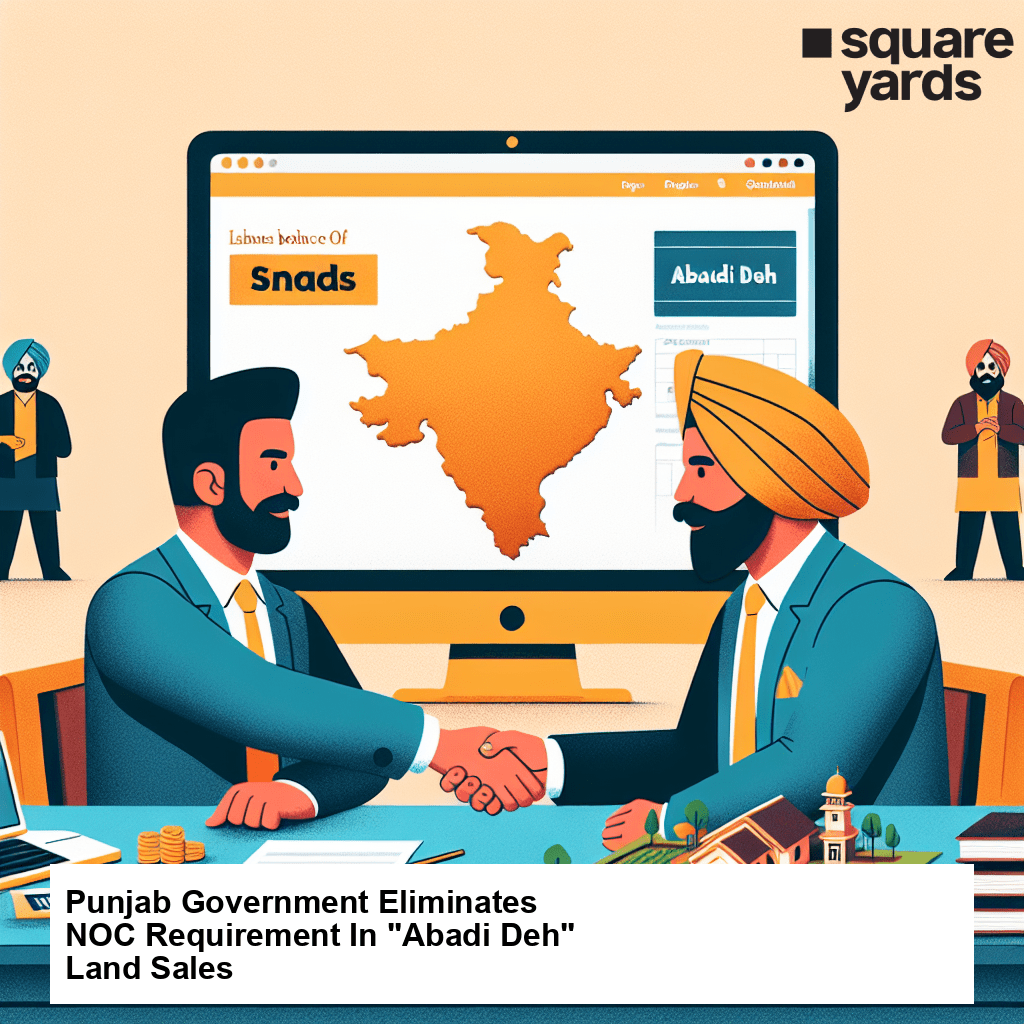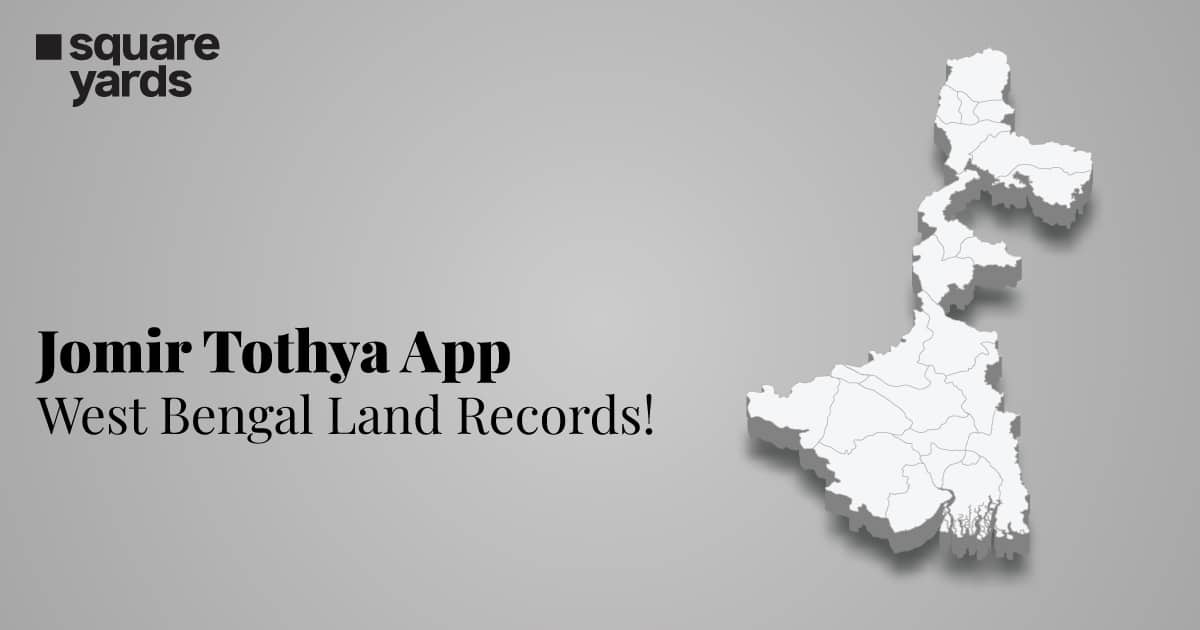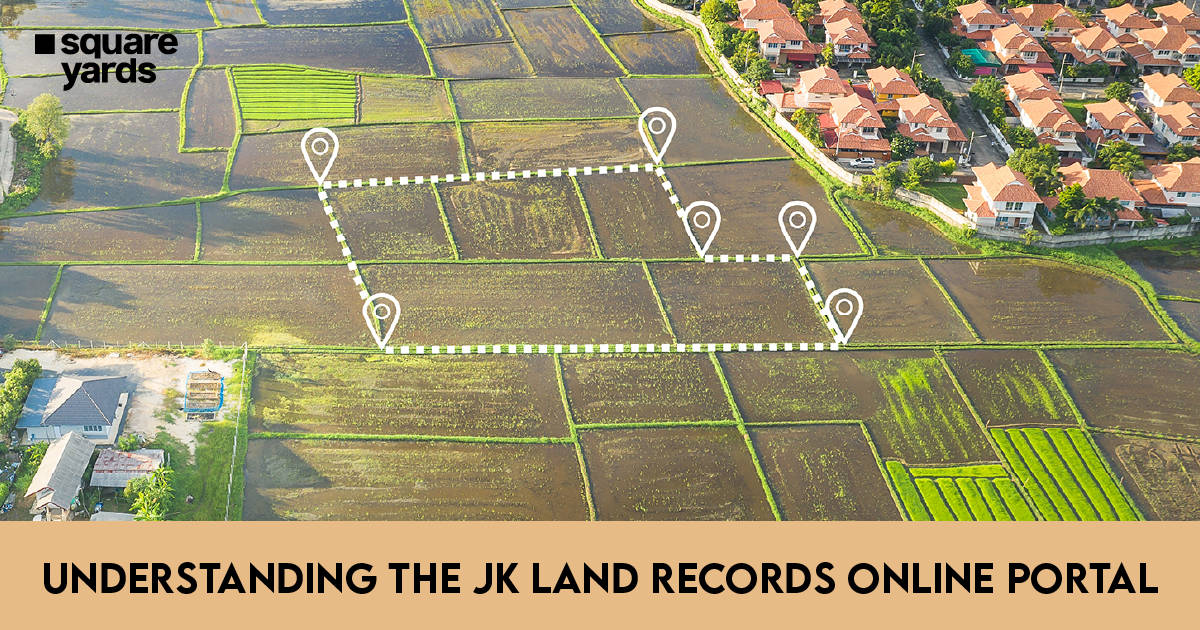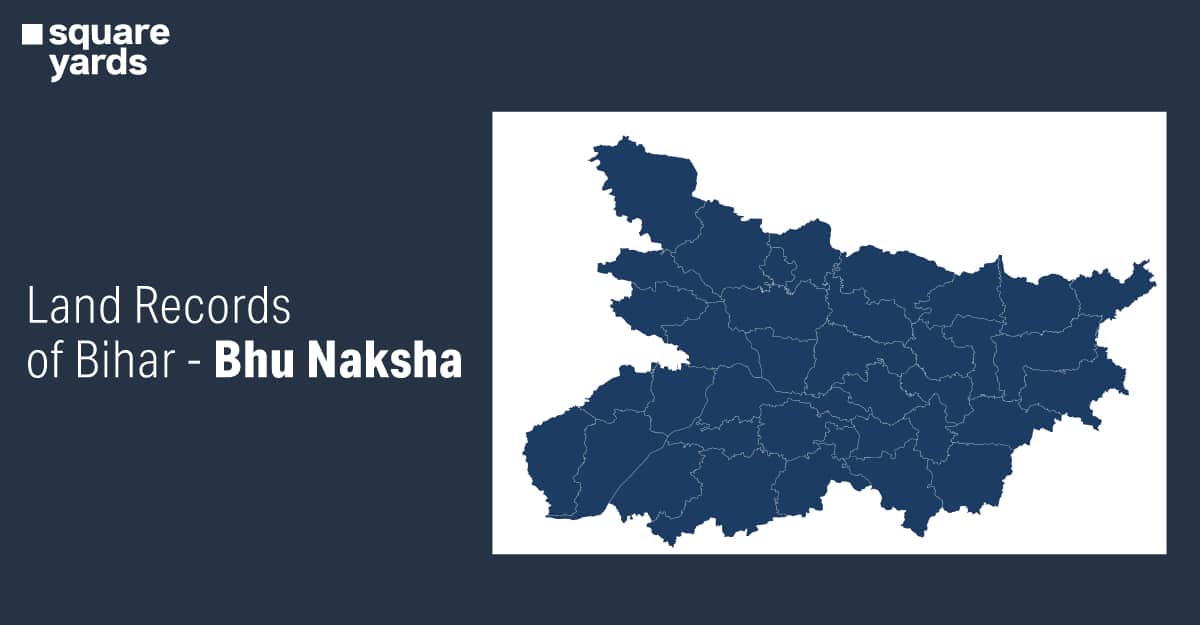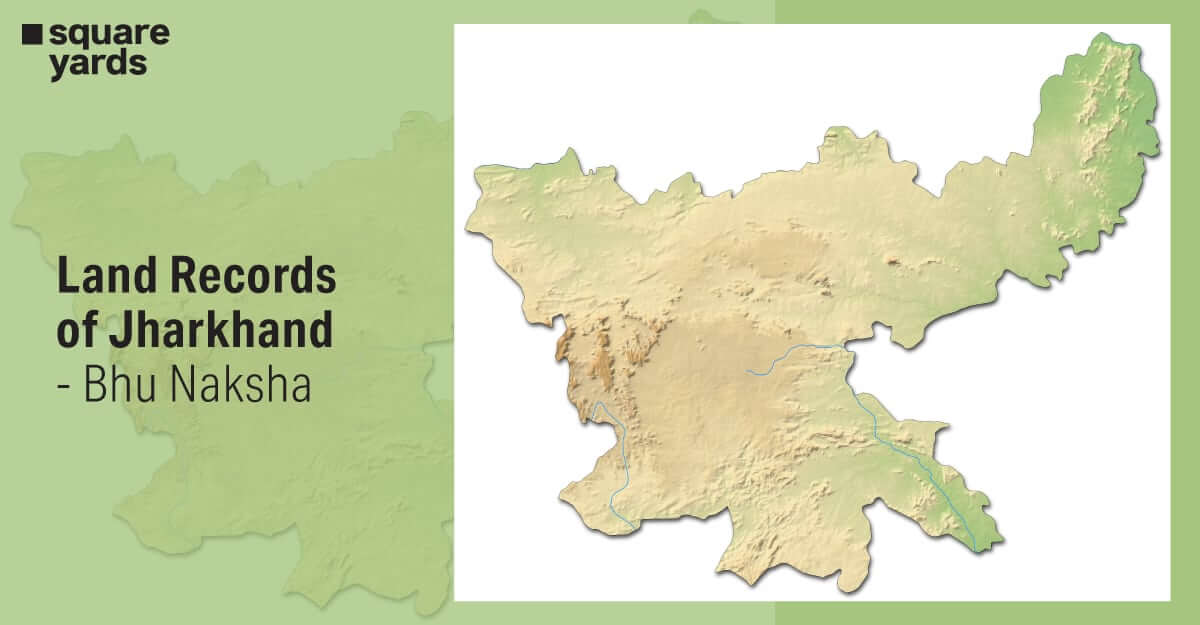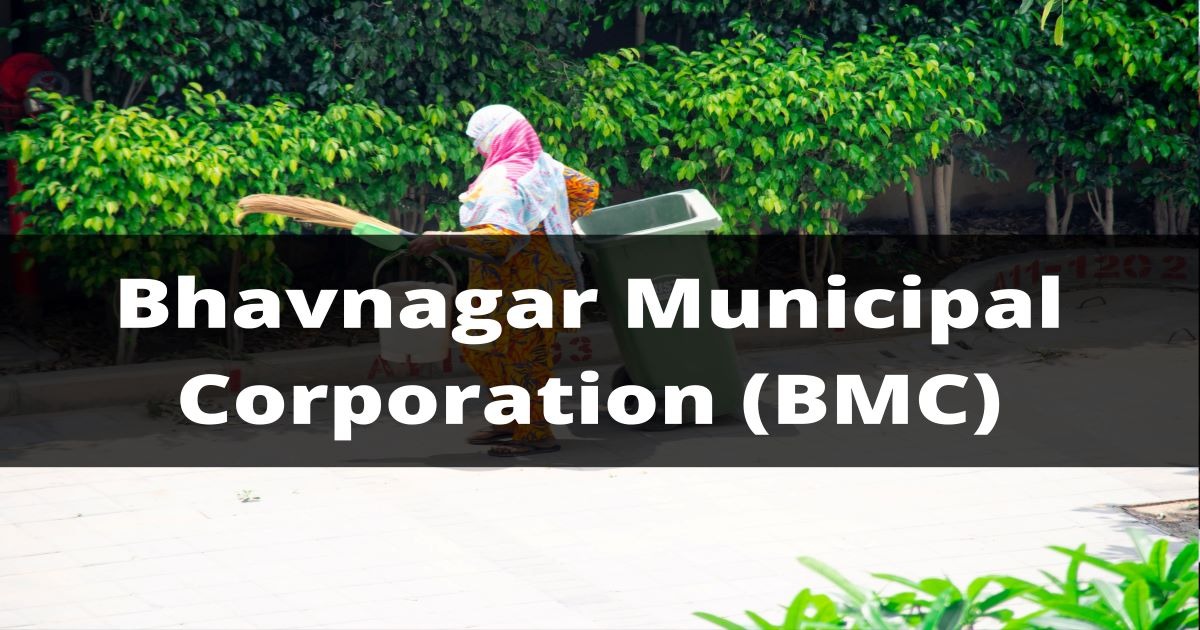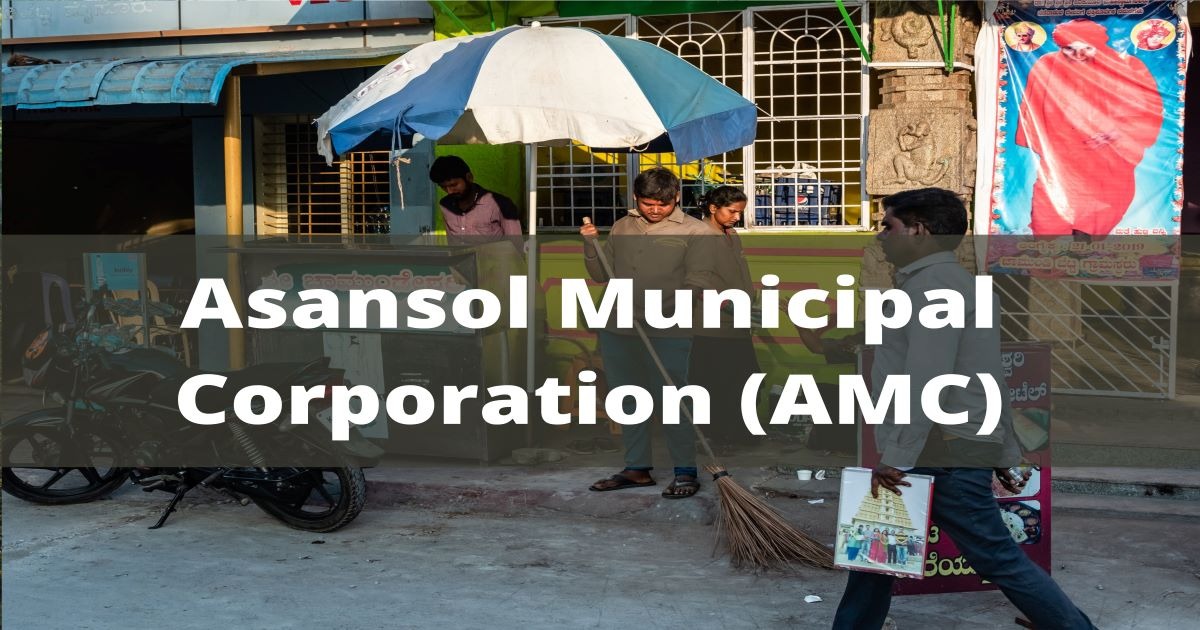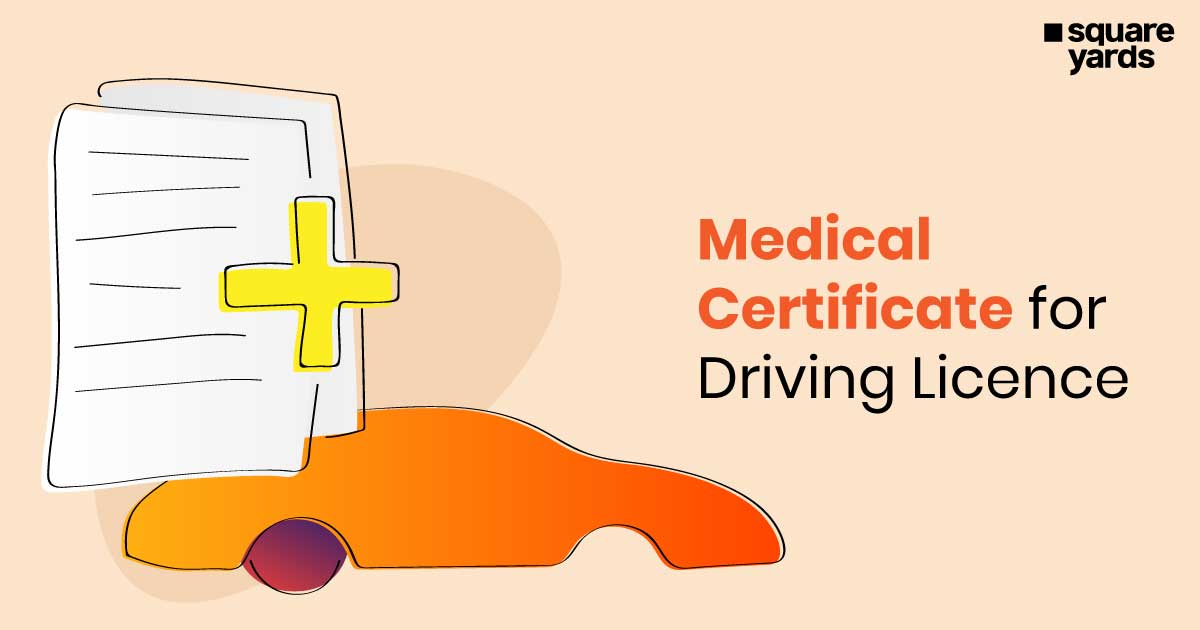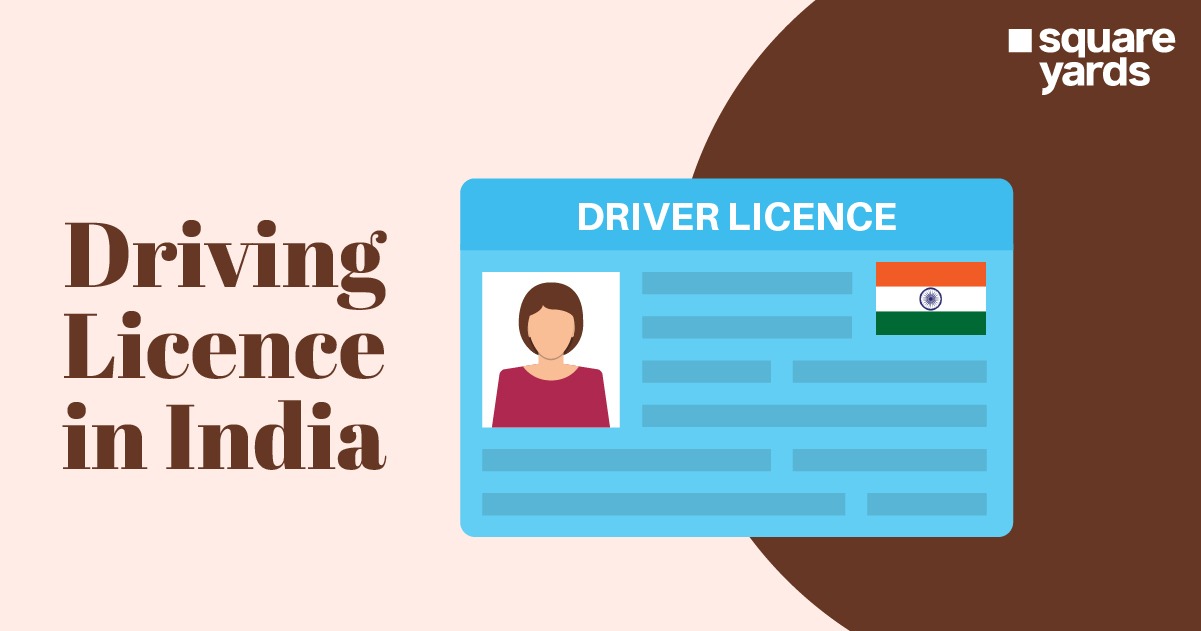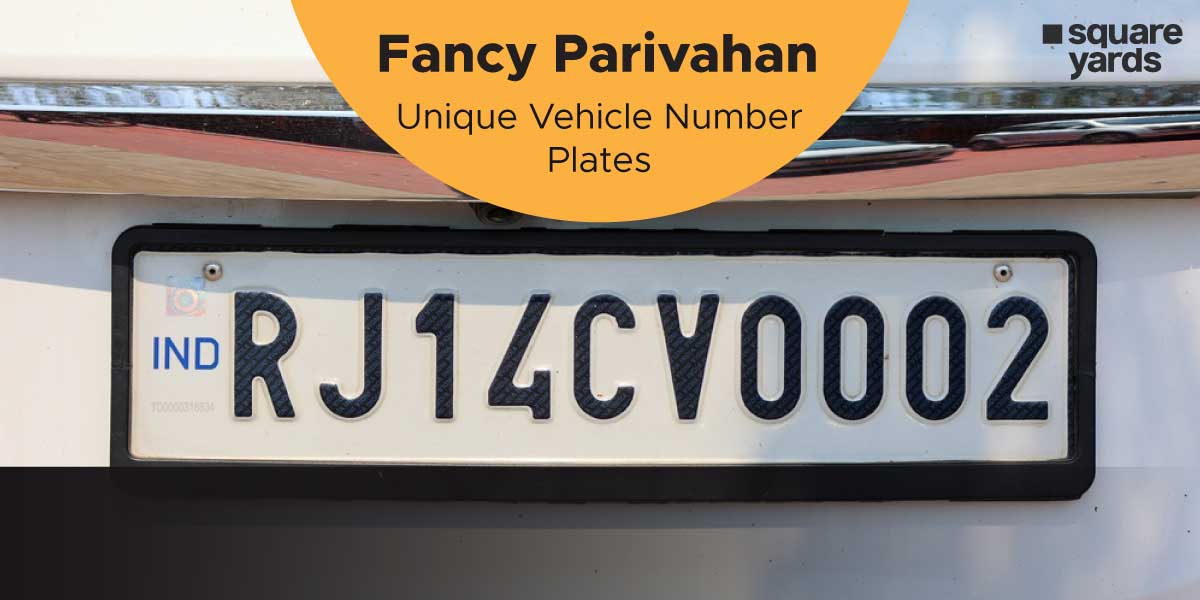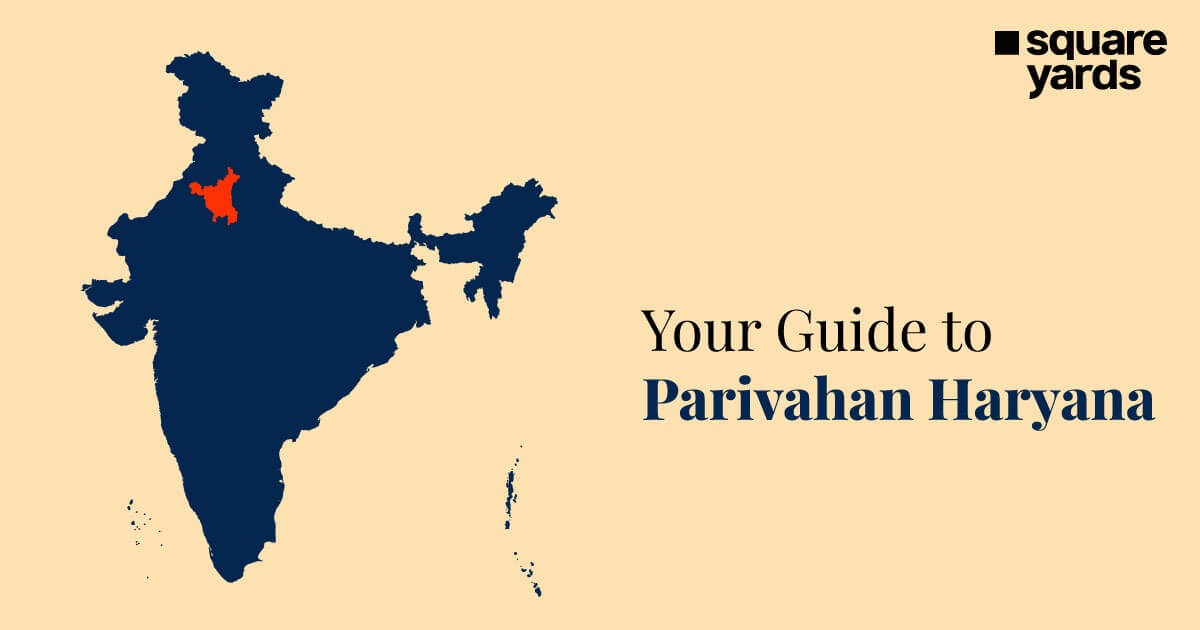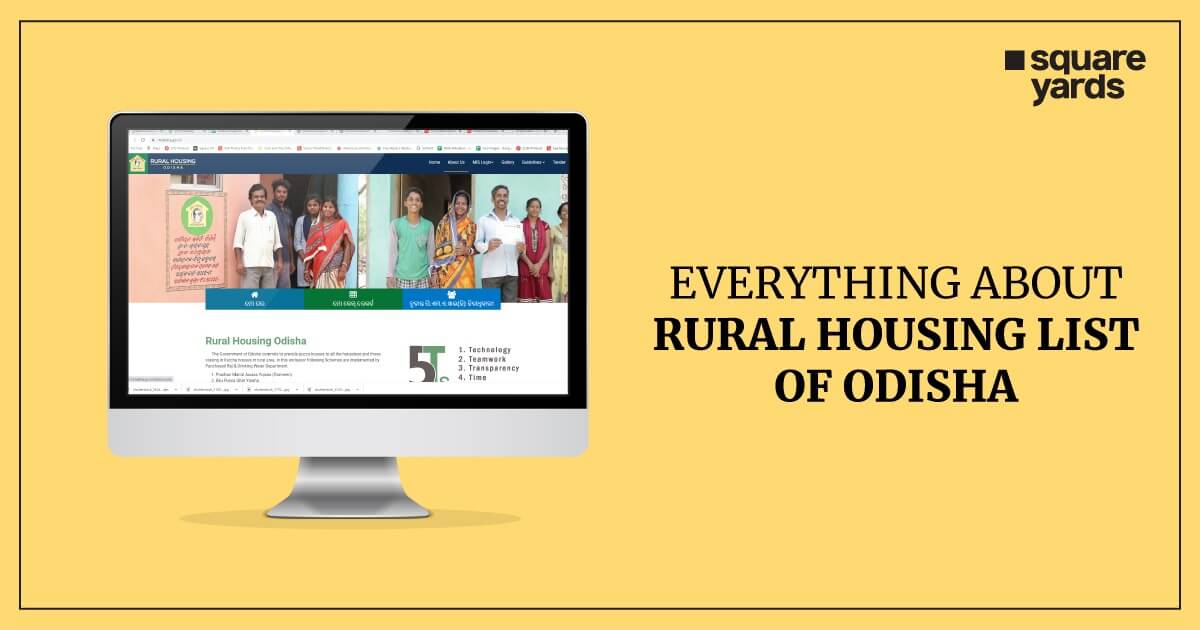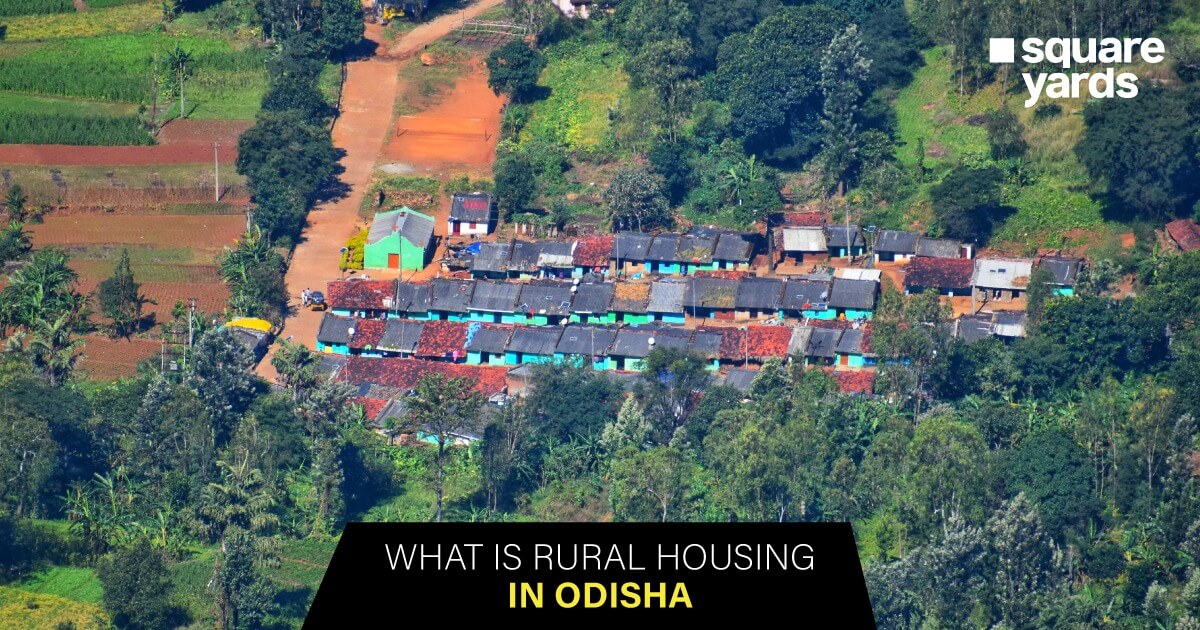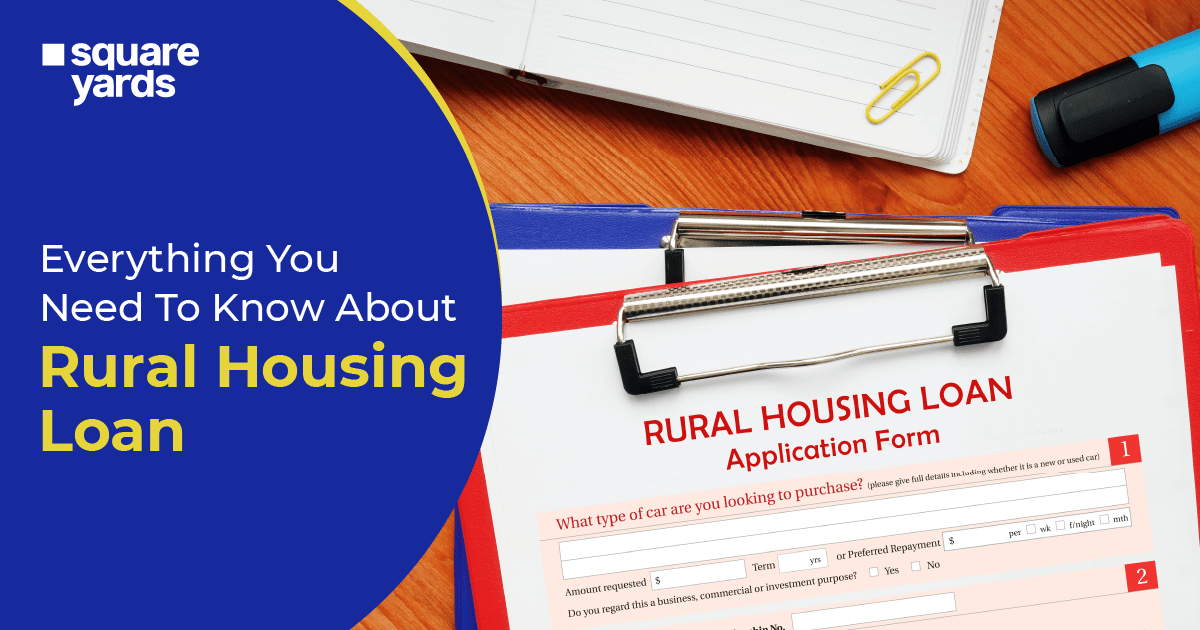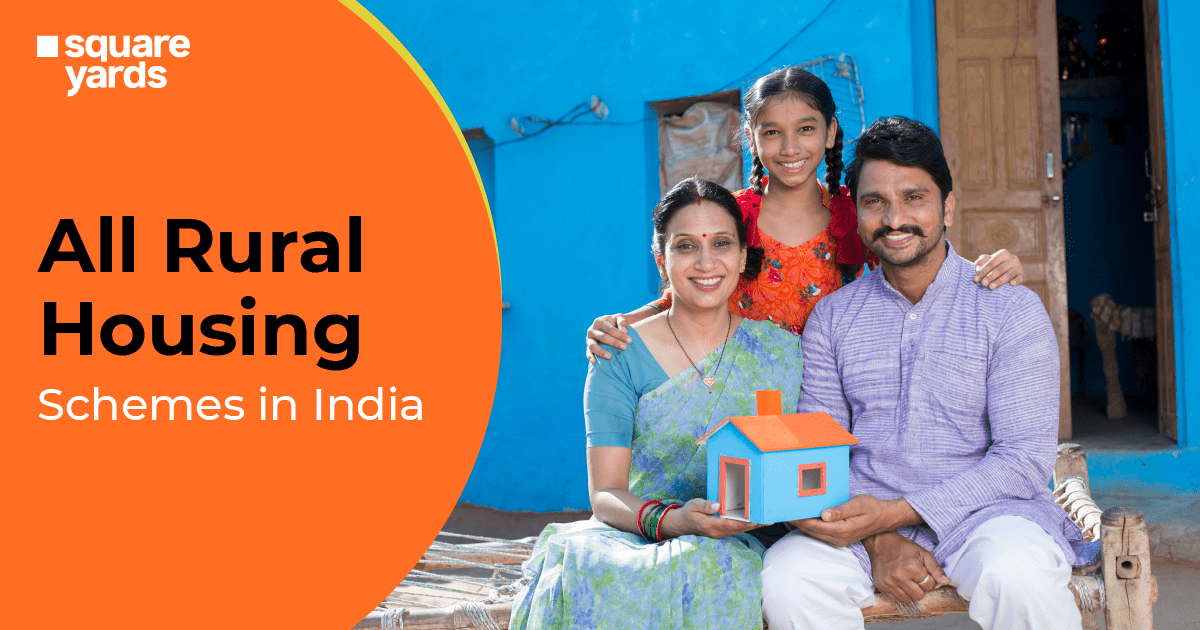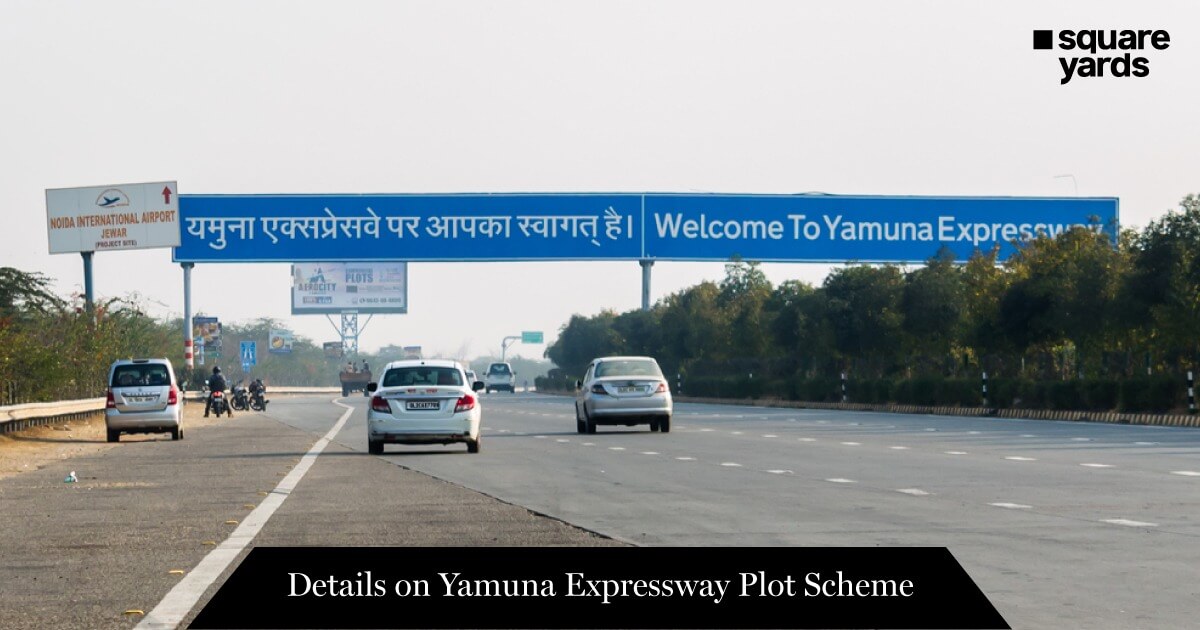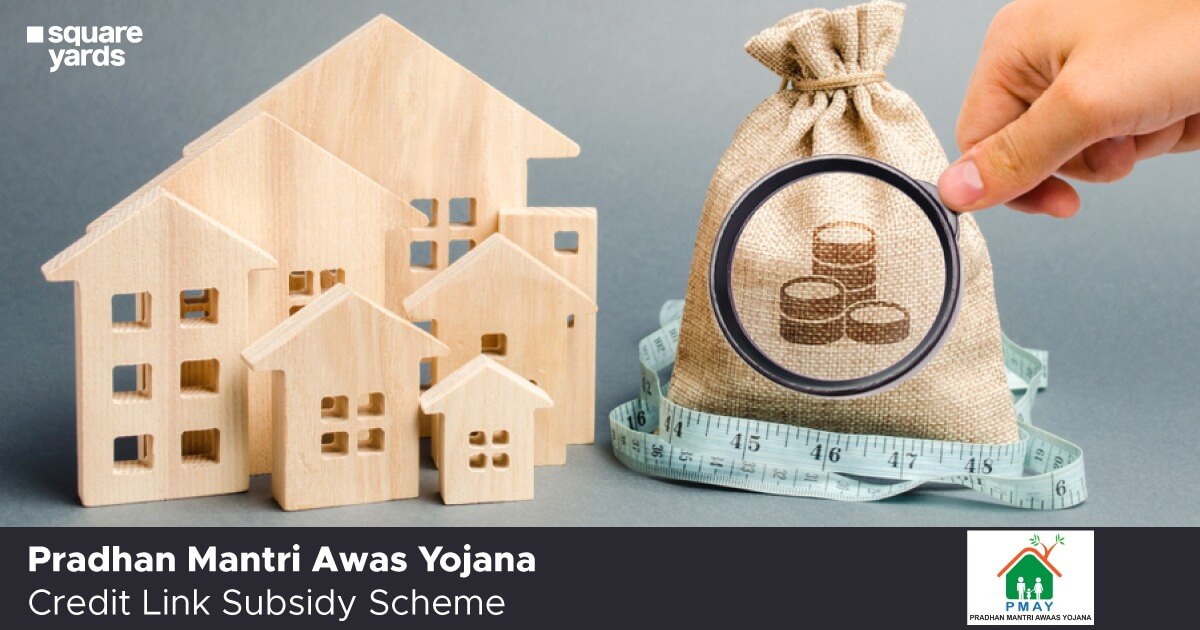A Ration Card is a vital document provided by the state government to the citizens of India. It is formulated using the Public Distribution System to acquire necessary food items from ration stores and fair pricing shops. Different types of ration cards are issued by the state governments and are separated into groups. Each state may have its own set of groups.
The National Food and Security Act (NFSA) was passed in 2013 to ensure that people have access to a sufficient supply of high-quality food at reasonable prices. So, if you are looking forward to applying for a ration card, you must know in which category you will fall and what is the eligibility criteria for the same. Keep scrolling to know the basics of different types of ration cards, their eligibility and key benefits.
Table of contents
- What is a Ration Card?
- Ration Cards Under National Food Security Act (NFSA)
- Antyodaya Anna Yojana (AAY)
- Features of the Antyodaya Anna Yojana (AAY)
- Eligibility Criteria for Antyodaya Anna Yojana
- Priority Household (PHH)
- Benefits of Priority Household Ration Card
- Eligibility Criteria for PHH Ration Card
- Inclusion Criteria for PHH Ration Card
- Exclusion Criteria for PHH Ration Card
- Ration Cards Under Targeted Public Distribution System (TPDS)
- Below Poverty Line (BPL)
- Above Poverty Line (APL)
- Annapoorna Yojana (AY)
- Benefits of Ration Card
- FAQ’s about Types of Ration Cards
What is a Ration Card?
A ration card is an essential document issued by the government of India. It serves as a state-specific identity and residence proof. In addition, it allows the citizens to avail the benefits of subsidised food together with basic day-to-day utility items. It acts as a citizen ID to avail other vital documents such as passport, driving licence and Aadhaar Card. You can also use it as an address proof.
Furthermore, the foremost functionality of a ration card is to provide financially unstable citizens with basic food items such as rice, pulses, wheat, kerosene, and sugar.
Ration Cards Under National Food Security Act (NFSA)
The exact criteria of food distribution along with the rate card are mentioned within NFSA. In addition, the National Food Security Act is responsible for the distribution of the following types of ration cards:-
- Antyodaya Anna Yojana (AAY)
- Priority Household (PHH)
Antyodaya Anna Yojana (AAY)
Families identified as underprivileged by the State Government, receive this form of ration card. This card is given to people who do not have a steady source of income. Unemployed men and women, as well as the elderly, fall into this category. These cardholders are entitled to 35 kg of food grains on a monthly basis. Additionally, products including rice, wheat, and coarse grains are offered at a subsidised price of Rs 3, Rs 2, and Rs 1, respectively.
Features of the Antyodaya Anna Yojana (AAY)
- AAY initially focuses on one crore poor families from the one’s listed in the BPL families as per the TPDS eligibility criteria of each state.
- Provide grains at a heavily subsidised rate of INR 2 per kg for wheat, INR 3 for rice and INR 1 specifically for coarse grains.
- States/UTs are responsible for distribution costs along with the transportation as well as dealer margins.
- The eligible residents receives 35 kg of food grains every month.
Eligibility Criteria for Antyodaya Anna Yojana
The following criteria were set to determine which households are eligible for the scheme’s benefits:-
- Agriculture labourers without land/ marginal farmers/ rural artisans or craftsmen.
- Daily wage-earners across the informal sector such as cobblers, porters, rickshaw pullers and other similar types of earners who belong from both rural and urban areas.
- Households headed by fatally sick people, disabled people, people over the age of 60, or widows with no reliable source of income or societal support.
- Terminally ill people, widows, disabled people, people over the age of 60 and single women and men without family or community support or a reliable source of income.
- All primitive tribal households.
Priority Household (PHH)
Families who are not enrolled by AAY fall under the PHH category. Under the Targeted Public Distribution System (TPDS), state governments choose priority families based on their exclusive, inclusive principles. PHH card holders are eligible to receive 5 kg of food grains on a monthly basis. For these cardholders, foodgrains are available at a slashed price of INR 3 for rice, INR 2 for wheat, and INR1 for coarse grains.
Benefits of Priority Household Ration Card
Every individual that belongs to the priority household is entitled to receive food grains (5 kg) per month from ration shops at subsidised prices not surpassing INR / kg of rice, INR 2/ kg of wheat and INR 1/ kg of coarse grains. This period is determined by the Central Government, and then again, the Central Government may determine these prices.
Eligibility Criteria for PHH Ration Card
Eligibility is determined by using inclusion and exclusion criteria. If a family meets any of the criteria, they will be evaluated for inclusion. This included a re-examination of the household using exclusion criteria. If this family meets any of the exclusion criteria, it will be removed from the priority list. The following are the criteria for both inclusion and exclusion lists:
Inclusion Criteria for PHH Ration Card
- Family without a roof under its head
- A household with a needy member who relies on alms
- Primitive Tribal Groups’ houses
- A household with a widow pension holder
- A person who has 40 percent or more impairments
- Any transgender individual
Don’t miss It!
Exclusion Criteria for PHH Ration Card
Any family which meets one of the 9 exclusion criteria is ineligible to receive benefits under the NFSA 2013.
- Ownership of a four-wheeler, a heavy vehicle, or a trawler.
- Tractors are examples of automated agricultural equipment owned by households.
- Any member of the household who is a regular employee of the Central Government/ State Government/ Public Sector Undertakings/ Government-aided autonomous organisations/ local bodies, whether gazetted or non-gazetted. This excludes personnel who are paid on the basis of incentives or other honorariums.
- In rural areas, a family with any member earning an income of above INR 10,000/- per month, and in urban areas, a family with any member earning an amount above INR 15,000/- per month.
- Pensioners in rural areas with an income above INR 10,000/- and pensioners in urban areas with an income of above INR 15,000/- (on a monthly basis).
- Households with ventures (excluding micro-ventures) who are registered under the manufacturing services offered by the government.
- Households that are required to pay income tax or professional taxes.
- A household with a domestic electric connection and monthly energy consumption of 300 units (KWH).
- Three rooms or more (pucca house).
Ration Cards Under Targeted Public Distribution System (TPDS)
Prior to the commencement of NFSA, TPDS or Targeted Public Distribution System was responsible for the issuance of ration cards. States in which NFSA has not come into force by now still follow the TPDS-issued ration cards. Following are the types of ration cards issued under the Targeted Public Distribution System:
Below Poverty Line (BPL)
Families that fall under the poverty line category as specified by the government receive the BPL or Below Poverty Line Ration card. Through this category of ration card, holders of this card get 10 to 20 kg of food grains.
Contrary to the market rate, these food grains are made available at a 50% discounted rate. However, the subsidised rates might vary from one state to another. All state governments determine the offered rates as per the “to be distributed” quantity.
Above Poverty Line (APL)
Families that don’t fall under the BPL category get the Above Poverty Line Ration Card. The households that belong to this category of ration card get the food grains at 100 percent economic rates. They don’t receive any sort of discount price. The applicable rate is specified by the state government.
Annapoorna Yojana (AY)
AY or Annapoorna Yojana ration cards are disbursed to poor senior citizens, i.e. above 65 years. Individuals with an AY card are eligible to get 10 kg of food grains on a monthly basis. These cards are made available to the individuals who fall under the scheme’s eligibility criteria.
Benefits of Ration Card
By now, you are quite familiar with the fact that a ration card offers an array of benefits and it is vital to have a ration card. In the following scenarios having a ration card becomes a must:-
- To purchase food items at subsidised rates from the ration shop.
- While opening a new bank account
- In admission procedures (school and college)
- In Court and associate procedures to authenticate the identity
- While applying for a voter id card
- To avail a passport, driving licence and LPG connection
- At the time of insurance withdrawal
FAQ’s about Types of Ration Cards
Q1. What is a ration card?
A ration card is an essential document that is issued by the State Government. It acts as an identity proof and address proof specifically for government paperwork. In addition, it represents the economic status of the cardholder. With a ration card, you can avail of benefits offered by the government through various schemes.
Q2. How many types of ration cards are available?
The state government issues five types of ration cards, including PHH-Priority household ration card, AYY-Antyodaya ration card, APL-Above Poverty line ration card, BPL-Below Poverty line ration card and AAY-Antyodaya ration card.
Q3. Should I link my ration card with my Aadhaar card?
Yes, it is important to link your ration card with your Aadhaar card as per the recent notification released by the government. This step is put forward to prevent the redundancy of households within the list. Additionally, it ensures that no family avails of the offered benefits more than once within a month.
Q4. Can I add my family members as beneficiaries to my ration card?
Yes, an individual can add family members, i.e. a spouse, children and daughter-in-law, as beneficiaries within the ration card. Beneficiaries can be added through the online or offline procedure with the submission of requisite documents.


